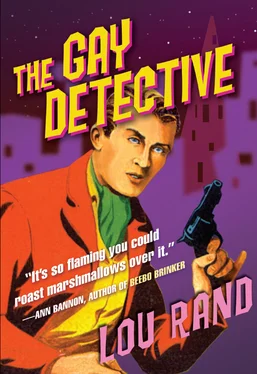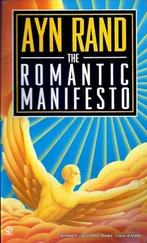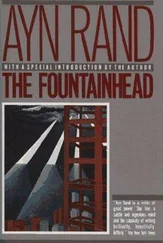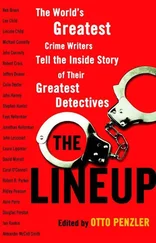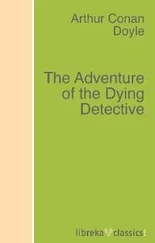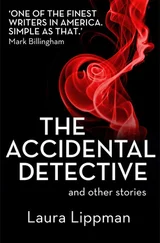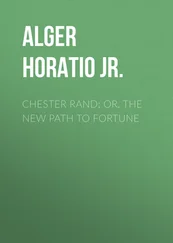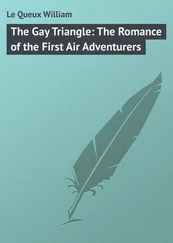Y’see, this town used to be wide open. It was the talk of the world, being a seaport and all. Things were pretty much under control, and everyone was making a little money. Then these people that always want to clean up everything—well, it seems that after they lost out on prohibition, they decided to run all the ‘hoors’ out of town. Finally, we had to close up all those quiet, friendly, well-regulated houses…. This put all the girls on the streets and hustling in bars, unregulated and uninspected, too. Even this didn’t satisfy the ‘do-gooders.’ First we had to run ’em off the streets, and now it’s outa the bars, too. I dunno. This is a sailor’s town. It was once a great port. I guess these young fellas today just gotta do something with the time on their hands.
Hogan’s implication that male homosexuality increased in San Francisco between the end of Prohibition and the early 1960s because of a lack of female prostitutes needs to be taken with a grain of salt, but his story of shifting relations between the police department and the sex industry is an accurate account of what happened in San Francisco in the 1930s, ’40s, and ’50s. With the closure of the old Barbary Coast through the Red-Light Abatement Act in 1917, most prostitution in the city became concentrated in the downtown “Tenderloin,” which was under the tight control of the corrupt, bribe-and-kickback taking cops of the Central Station. Prostitution had been allowed to flourish in the Tenderloin since the 19 thcentury, as long as the police got their share of the financial action. Street-walking was not allowed; the police would steer sex workers they encountered to one of the many houses of prostitution that offered police pay-offs in exchange for the privilege of doing business without interference. At one point in the early 20 thcentury, the city of San Francisco had even tried to legalize prostitution, as long as sex workers remained in the Tenderloin and visited a municipal health clinic twice a week to test for sexually transmitted disease. The police force would have none of it, because legalization undermined their lucrative extortion racket, and they successfully brought pressure to bear on elected officials through a cynically manipulated morality crusade to have prostitution recriminalized. By the late 1950s and early 1960s, however, powerful constituencies whose ideas of civic virtue differed from those of a corrupt Central Station police force had begun to break down the well-established, self-interested “regulation” of inner-city prostitution.
Contesting police control of the Tenderloin “vice trade” was related to changes in the physical fabric of San Francisco and the wider Bay Area. In the years after World War II, which saw a dramatic increase in the region’s population, a sweeping regional master plan was put in place that, over the ensuing quarter century, gradually transformed San Francisco’s downtown into a financial nexus for the Pacific Rim, moved much of the city’s heavy industry and port facilities across the bay to Oakland, encouraged a large-scale migration to the suburbs through cheap home loans, and interconnected the entire region with a new system of freeways and mass transit (BART—the Bay Area Rapid Transit system). The social and economic dislocations wrought by these spatial changes—like the withering away of San Francisco’s maritime trade mentioned by Captain Morphy—dramatically changed the “sexual ecology” of inner-city San Francisco. The police struggled to retain a grip on their traditional turf, but they were swimming against the tide of the times.
Hogan connects the emergence of a newly visible gay community at this moment in time with the broader social shifts he noted. When the federal agent asks Morphy what his discourse on prostitution has to do with “all these open ‘fag’ bars and joints,” Morphy replies:
Personally, I always want to plant a foot in those cuties’ butts, but the new Commission has psychiatrists now who advise that these people should be allowed to congregate in their own places. I suppose it does eliminate a lot of friction—fights and stuff that might get started in regular joints. Yeah, and it does make it easier for us in a sense, ’cause we can keep an eye on them better.
A visible gay community, Hogan implies, resulted in part from the loss of traditional opportunities for corrupt police vice regulation. Significantly, at the very time Hogan was writing, San Francisco newspapers carried stories of the so-called “Gayola” scandal, in which owners of gay bars, emboldened by a recent California Supreme Court decision protecting the rights of homosexuals to congregate in public places, blew the whistle on several beat cops who had been demanding payoffs for protection from police raids.
Another thread of Morphy’s account involves the introduction of narcotics into San Francisco in the 1950s—which, as the plot of The Gay Detective subsequently reveals, implicates nightclub owner Joe Cannelli and suggests his connections with Italian crime syndicates. This, too, has its correlates in San Francisco’s mid-century history. In an interview with historian Paul Gabriel on file at the GLBT Historical Society, former San Francisco Police Chief Tom Cahill describes how the Italian Mafia tried moving into San Francisco in 1948, with limited success. High-ranking police officers kept the airport under constant surveillance, and would meet suspected Mafiosi at the gate as they deplaned. In the days before the Miranda ruling, a great deal of information could be extracted from suspicious characters without paying as much attention to due process as we have become accustomed to in the past few decades. In Cahill’s words, there was a minor Mafia presence in San Francisco, but it “never got off the ground.”
Other oral history work does suggest that an Italian-connected narcotics ring operated out of Finocchio’s night club in the 1950s, though perhaps without the direct knowledge or involvement of owner Joe Finocchio, who was never personally implicated in any of the surviving accounts. One former performer there recalled how the club was always filled with men in “neon-lit suits” who did a brisk trade in drugs, and how a boyfriend she met there claimed to be involved in a drug-smuggling operation involving military personnel at the Presidio. Although no hard documentary evidence of Mafia-connected narcotics schemes in San Francisco’s mid-20 thcentury gay subculture has come to our attention, there are at the very least suggestions in the historical record that the organized criminal activity Hogan describes in The Gay Detective had some basis in reality—or at least in the folklore of San Francisco’s queer community.
It seems significant to note as well that the struggle between cops and criminals portrayed in Hogan’s book carries overtones of ethnic rivalry—the crooks are Italian, while the crooked cops are Irish. Irish-Americans had in fact controlled the San Francisco police force and the vice trades associated with police corruption for decades, compelling members of other ethnic communities looking for a piece of the action to adopt a more entrepreneurial approach. Reading between the lines of Hogan’s suggestive comments, Irish cops (in his fictional Bay City, at least) regarded the gay life as part of the profitable underworld of regulated vice that was even then slipping away from them, while criminals associated with dope-pushing Italian mobsters tolerated—and to an extent catered to—homosexuals as an eminently exploitable class of people.
One of the most interesting elements of this power struggle, however, is that its battles are fought in a language that is neither Irish nor Italian, so to speak—but rather, the queen’s vernacular. This is precisely the point at which Francis Morley, the gay detective, appears on the scene. And while it is certainly true that Morley embodies the stereotype of the effeminate gay queen, at a telling moment in his dialog with the police and the FBI, Morley suggests that the persona of “queen” is a mask that he can drop at will:
Читать дальше
